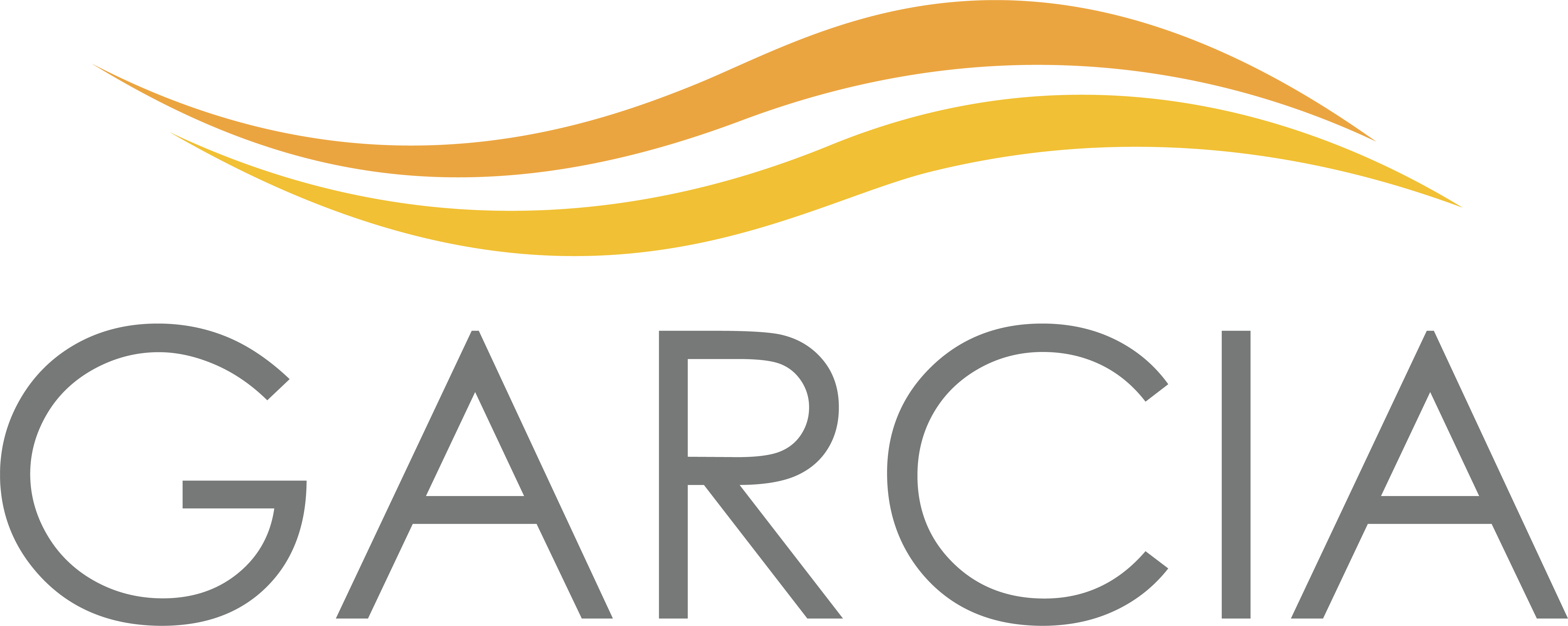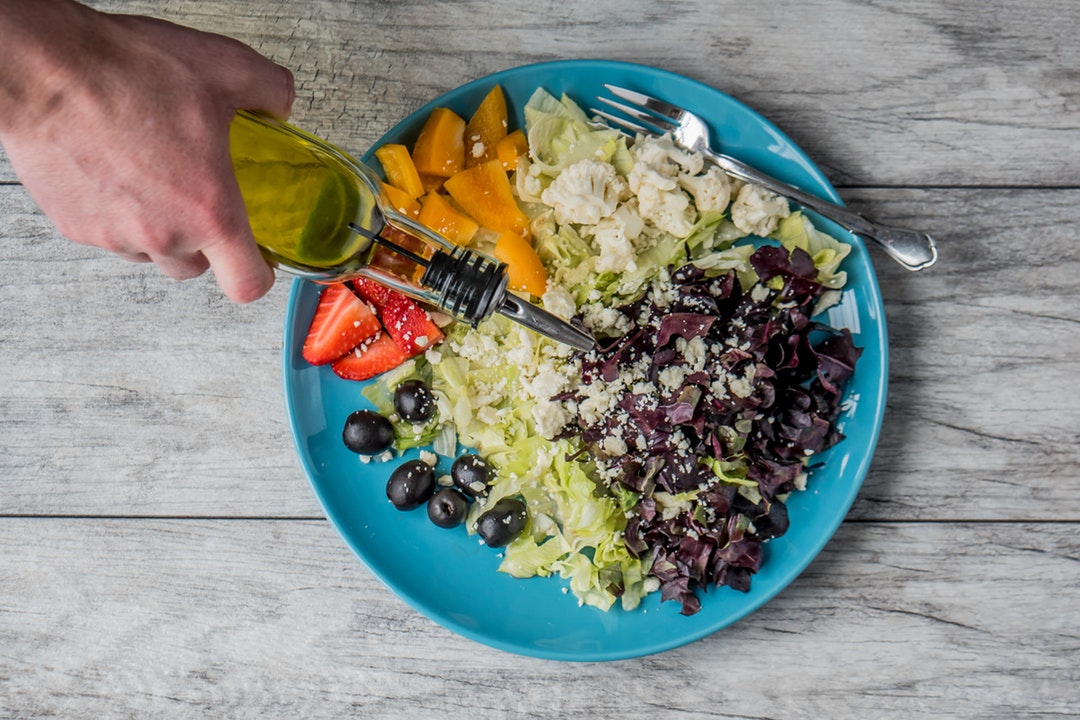With inflation and other economic issues at hand, grocery prices are at an all-time high. Unfortunately, they've already increased by 10.8% from last year, and the problem is only expected to get worse.
For those of us trying to eat healthier, it's important to find ways to achieve our goals without breaking the bank. Luckily, there are ways to do that. Let's talk about some money-saving tips and how to eat healthy on a budget in 2022!
Staples of Healthy Eating
Whether your food budget is $40 or $400 a week, there are a few important staples of any healthy diet. First, you want to get the vast majority of your calories from whole foods, particularly plant-based foods. That's true regardless of what kind of diet you follow.
Did you know that humans ate over 100,000 different foods over hundreds of thousands of years as hunter-gatherers? Now, the majority of us rely on only 3 crops for nearly half of our calories. Getting a wider variety is essential for our health!
Also, it's important to avoid certain foods. The more processed, the worse they are for you. Excessive sugar, fats, and simple carbs should be avoided for a healthy lifestyle.
Timing isn't the most essential part of a diet as some may tell you, but it is important to eat more meals throughout the day. Whether you practice intermittent fasting or eat throughout the day, try spreading smaller meals out instead of eating excessively during a couple of meals.
Lastly, don't forget to fill in the necessary gaps. If you are low on calcium, iron, or any other nutrient in your diet, it's okay to use supplements, but remember; whole foods first!
Buy in Bulk
While your grocery haul will be more expensive when you shop in bulk, they will be much less frequent. Always have a "per pound" or "per ounce" mindset rather than "per dollar". You may save 20% on a smaller package, but it may have 50% less food.
Always look at the bulk items or consider shopping at a bulk store. Compare the prices based on the amount of food you receive from each quantity. Always go with the cheaper option, especially for staple foods you eat regularly.
Stick With Seasonal
We mentioned the importance of eating a variety of whole foods. Generally, you want to consume at least 20 different plant foods every week. This includes everything from fresh vegetables to garlic, lentils, and seeds!
However, achieving this variety can be expensive. It's always best to have some more affordable staple foods like brown rice, lentils, and beans. For the rest, try to stick with seasonal produce and other whole foods, as they will be the freshest and cheapest!
Buy More Non-Perishables
Non-perishable items can keep for longer, which makes them perfect for bulk items, allowing for better savings. Fortunately, healthy non-perishable items are becoming more widely available, and they can make great replacements for your favorite snack foods. You can even build your own snack box full of healthier alternatives to your favorite goodies!
Also, for ingredients that keep for a while, try using more oats, legumes, and other dry ingredients in your meals. For foods like bread, feel free to stick them in the freezer to help them last longer! Food waste is a major savings-killer, so use it or lose it!
Frozen Is Better Than Canned
If you want to save money on fruits and vegetables, you have two options; canned or frozen. In that case, always choose the frozen option, and make sure there are no unwanted additives.
Believe it or not, when it comes to berries, frozen can actually be better than fresh! This is because the berries are picked at peak ripeness and frozen right away instead of picked early to ripen during transport.
Buy Off-Brand
You don't have to pay for expensive ad campaigns to eat healthily. If you want to buy healthy foods from a local off-brand grocery store, that's perfectly fine. As long as the ingredients are similar and you enjoy the taste, why not save money?
Plan Ahead for Meals
Meal-prepping is essential for saving money, especially if you work away from home. If your choices are to spend $2.50 per meal that you prep at home and $12.50 for eating out, that's $300 per month that you save per meal. If you stop eating out twice a day, then you're saving $600 each month.
Using foods that keep for a long time and preparing them in bulk is the best way to save money. Just remember to prep foods that you enjoy and that you are willing to eat for multiple meals each week. Try to switch them up as much as possible!
Drink More Water
Water is essential for life, and most of us don't get enough of it. The average man should consume around 15.5 cups of water a day, and the average woman should consume 11.5 cups. Try to aim as high as possible.
Not only can you get water for free, but it's extremely beneficial to our health, it aids in digestion, and it helps us feel full throughout the day, which can reduce our food consumption!
How to Eat Healthy on a Budget
Now that you know how to eat healthy on a budget, start saving on groceries and eating healthier today. Just remember to prepare foods that you genuinely enjoy or else you won't stick to your plan. Dieting shouldn't be too hard because adherence is key!
Stay up to date with our latest health and wellness tips, and check out some of our healthy snacks and foods to try adding to your diet today!


